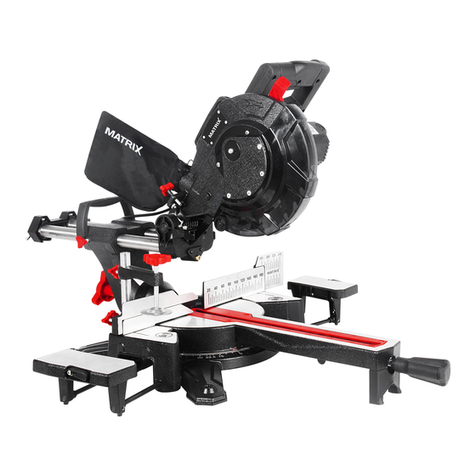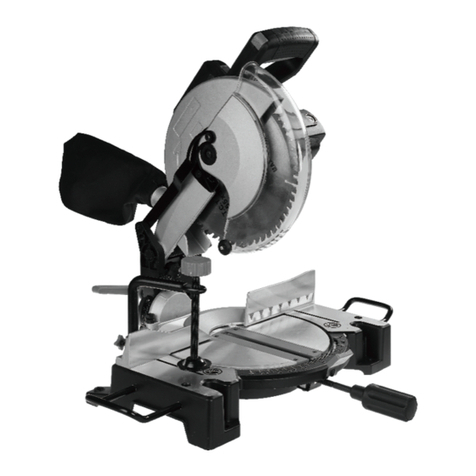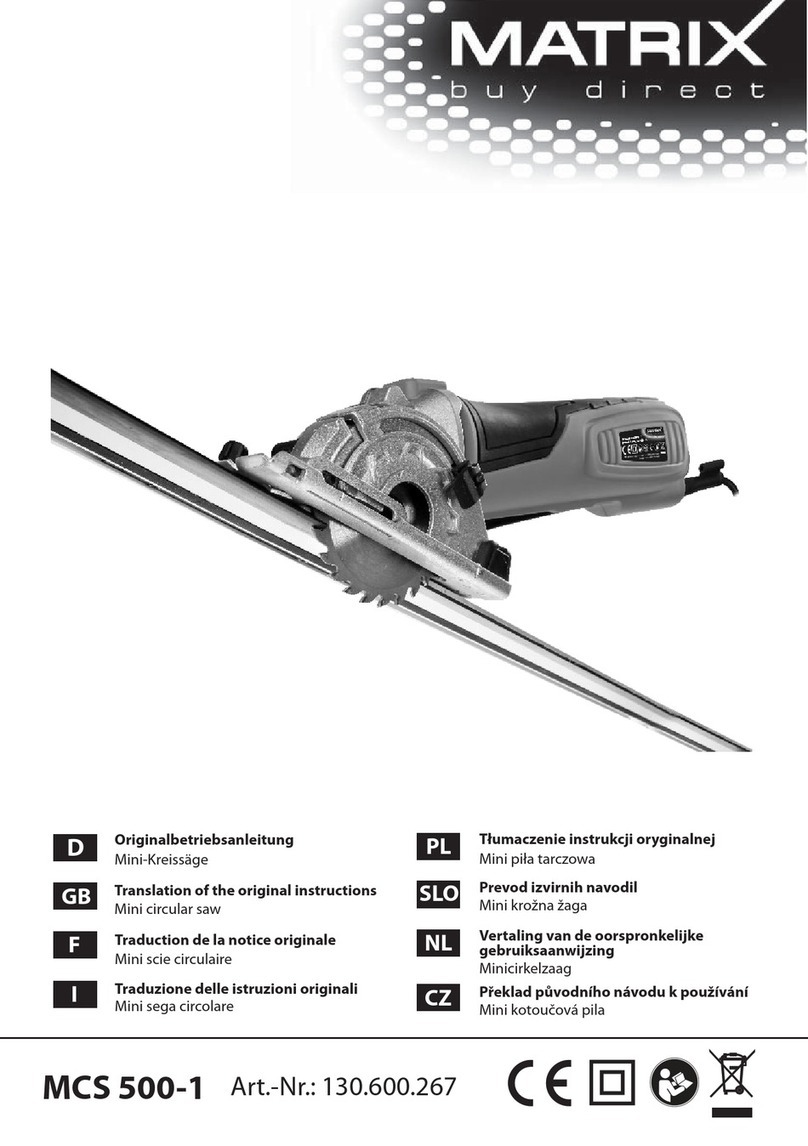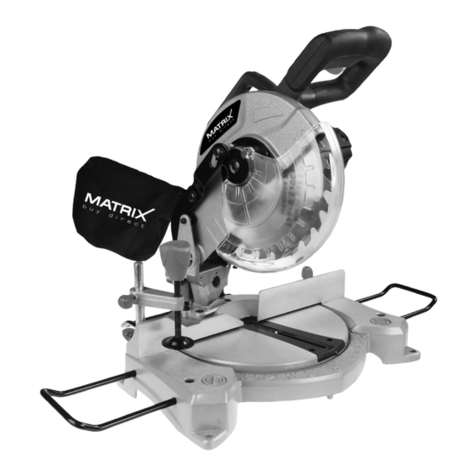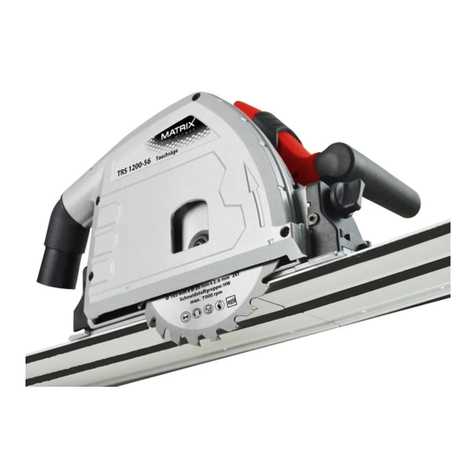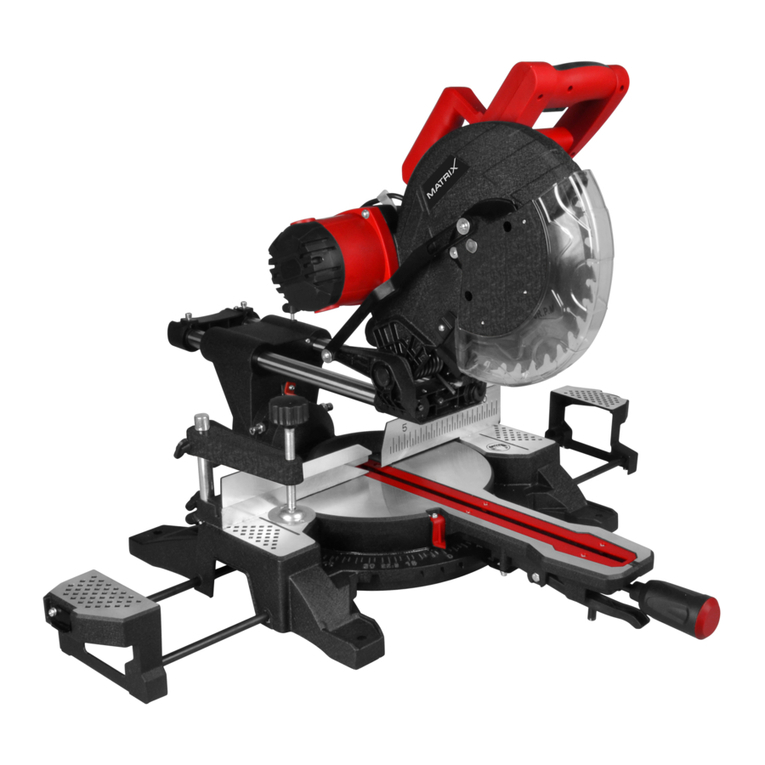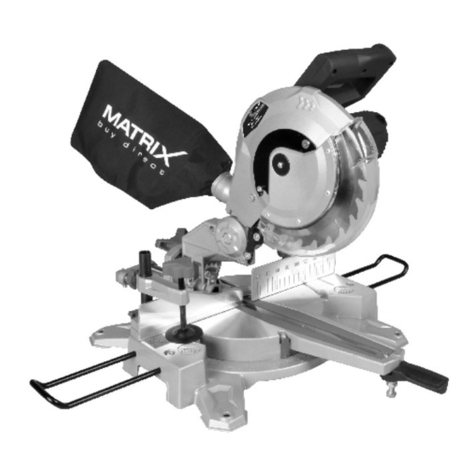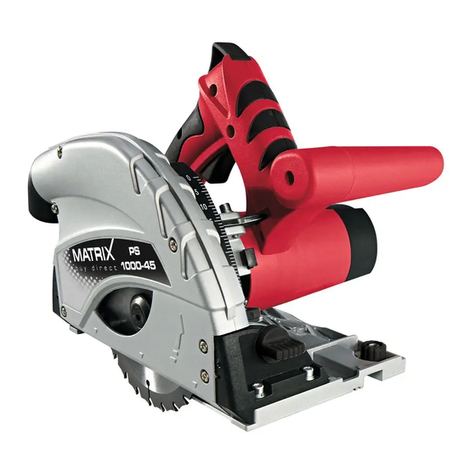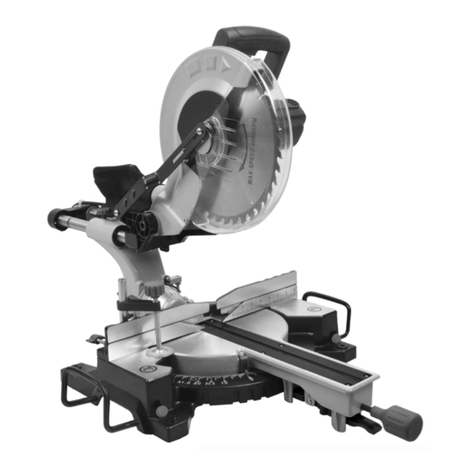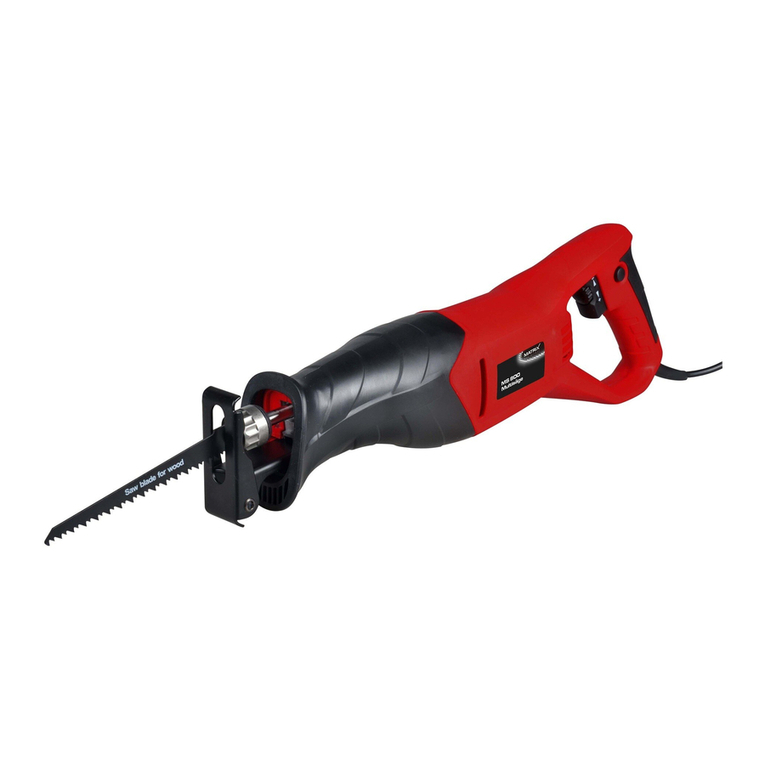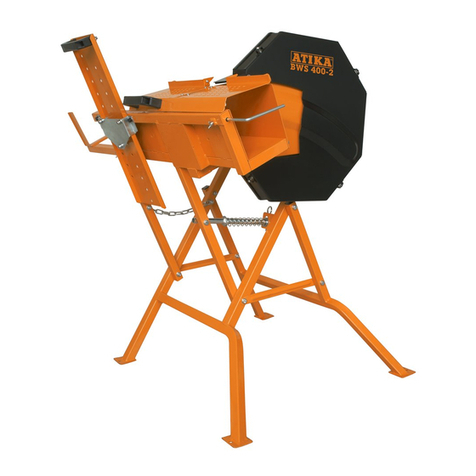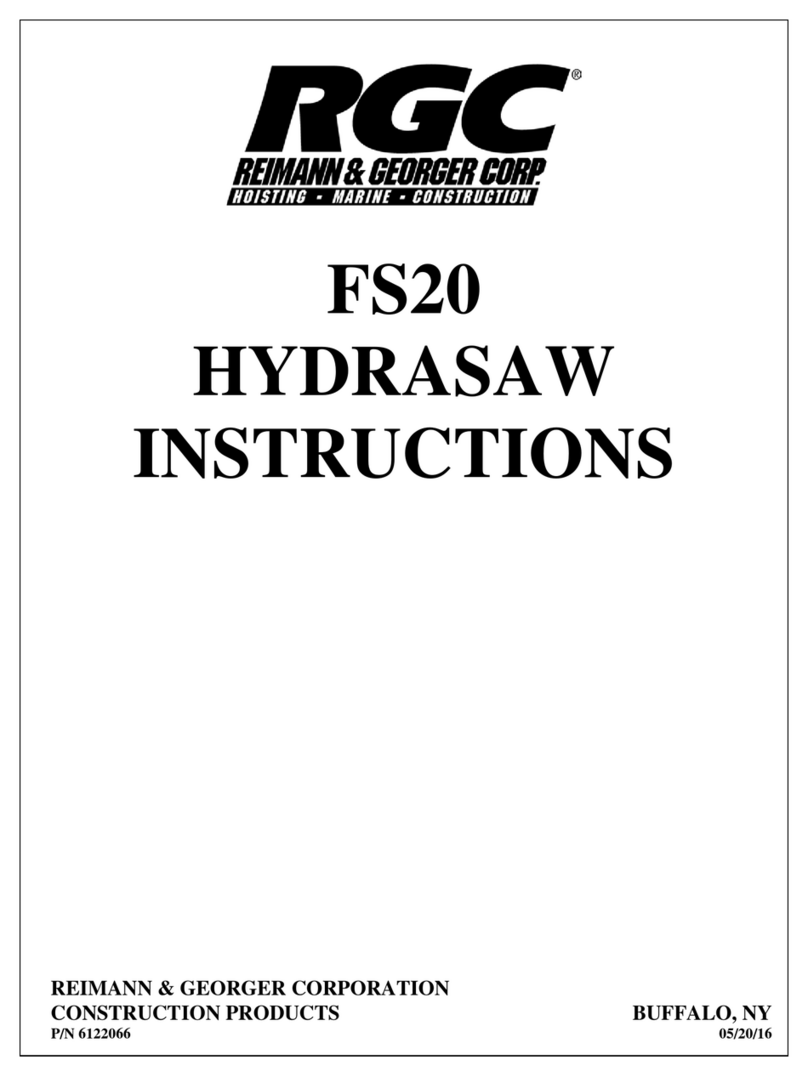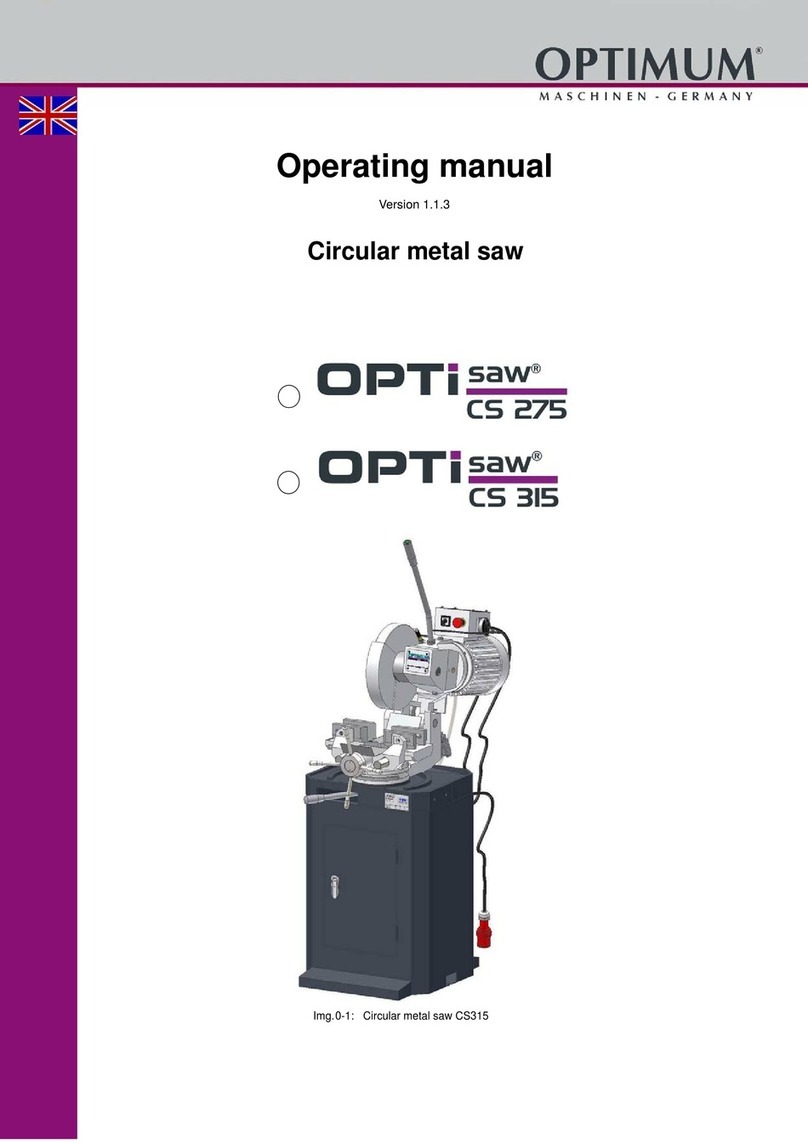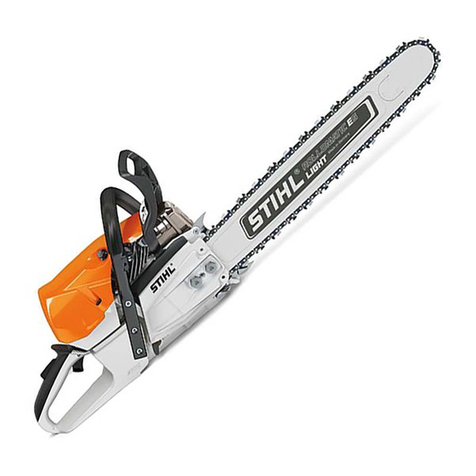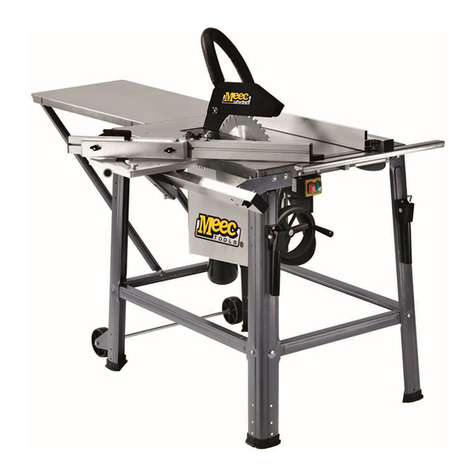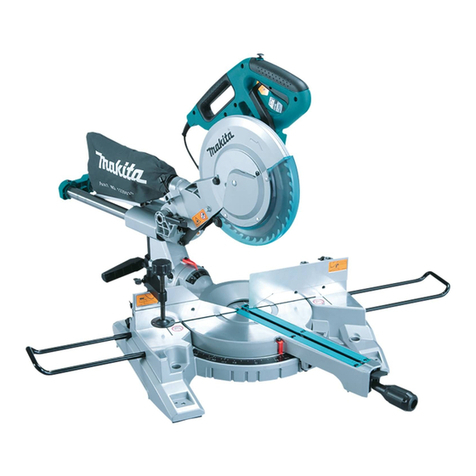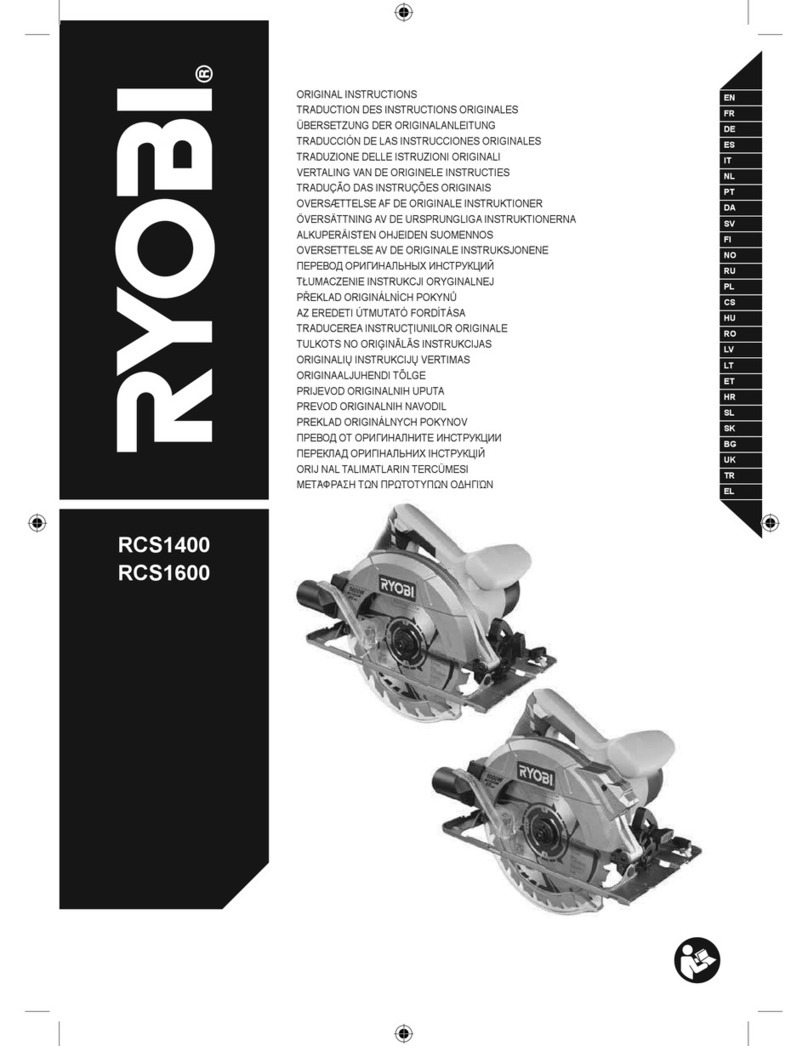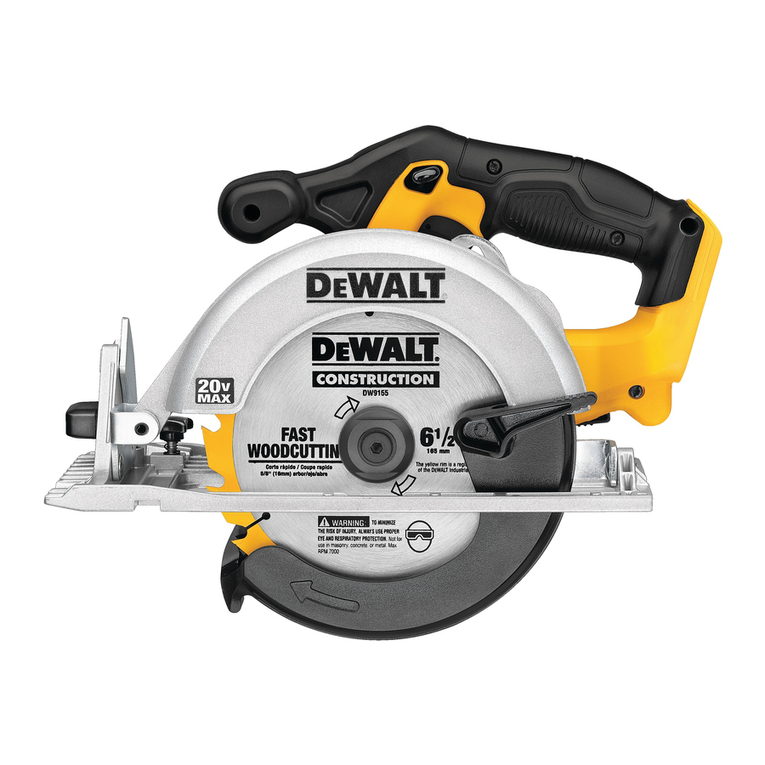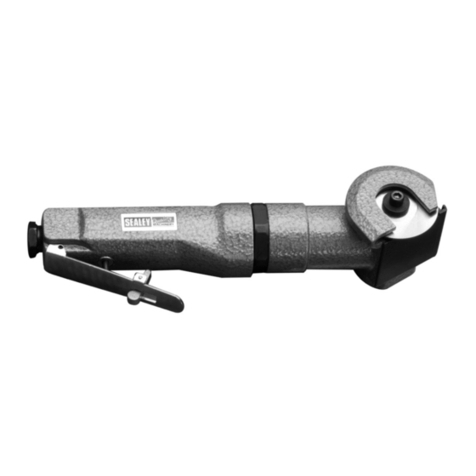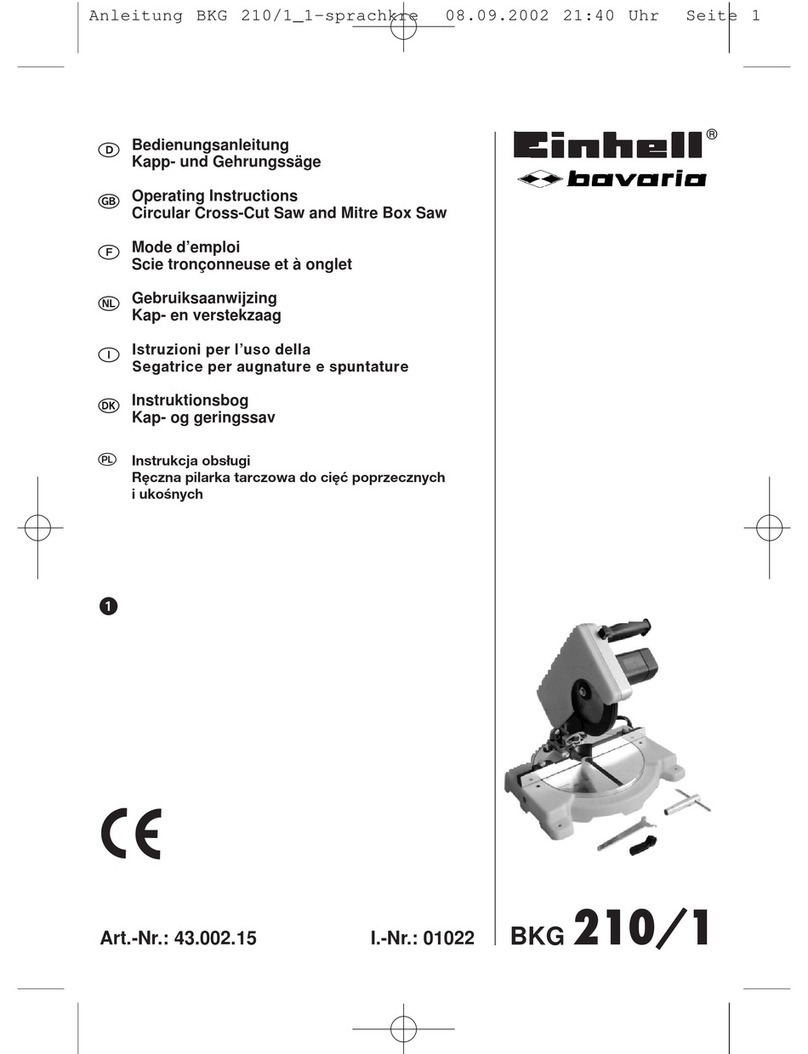
7
WARNING! Read and understand
all instructions. Failure to follow all
instructions listed below may result in
serious personal injury.
WARNING! When using electric tools,
machines or equipment, basic safety
precautions should always be followed to
reduce the risk of re, electric shock, and
personal injury. Completely read the
manual before proceeding to use this
tool. KEEP THESE INSTRUCTIONS.
IMPORTANT SAFETY INSTRUCTIONS
WORK AREA
1. Keep your work area clean and well lit.
Cluttered benches and dark areas invite
accidents.
2. Do not operate power tools in explosive
atmospheres, such as in the presence of
ammable liquids, gases, or dust. Power tools
create sparks which may ignite the dust or fumes.
3. Keep bystanders, children, and visitors away
while operating a power tool. Distractions can
cause you to lose control. Protect others in the
work area from debris such as chips and sparks.
Provide barriers or shields as needed.
ELECTRICAL SAFETY
4. Grounded tools must be plugged into an
outlet that is properly installed and grounded.
Grounding provides a low-resistance path
to carry electricity to ground away from the
operator, should th e tool malfunction electrically.
Do not remove the grounding prong from the
plug nor alter the plug in any way.
If in doubt as to whether the outlet is properly
grounded according to code, check with a
qualied electrician.
5. Avoid body contact with grounded
surfaces such as pipes, heaters, ranges and
refrigerators. The risk of electric shock is
increased if your body is grounded.
6. Don’t expose power tools to rain or wet
conditions. Water entering a power tool
will increase the risk of electric shock.
7. Handle the cord carefully.Never use the
cord to carry the tools or pull the plug from an
outlet. Keep cord away from heat, oil, sharp
edges or moving parts. Replace damaged
cords immediately. Damaged cords increase the
risk of electric shock.
8. When operating a power tool outside, use
outdoor extensions cord marked “W-A” or “W”.
These cords are rated for outdoor use and reduce
the risk of electric shock.
PERSONAL SAFETY
9. Stay alert, watch what you are doing, and
use common sense when operating a power
tool. Do not use tool while tired or under the
inuence of drugs, alcohol, or medication. A
moment of inattention while operating power
tools may result in serious personal injury.
10. Dress properly. Do not wear loose clothing
or jewelry. Contain long hair. Keep your hair,
clothing,and gloves away from moving parts.
Loose clothes, jewelry, or long hair can be caught
in moving parts.
11. Avoid accidental starting. Be sure switch is
o before plugging in. Carrying tools with your
nger on the switch or plugging in tools with the
switch on invites accidents.
12. Remove adjusting keys before turning the
tool on. A wrench or a key that is left attached to
a rotating part of the tool may result in personal
injury.
13. Do not overreach. Keep proper footing and
balance at all times. Proper footing and balance
GB
